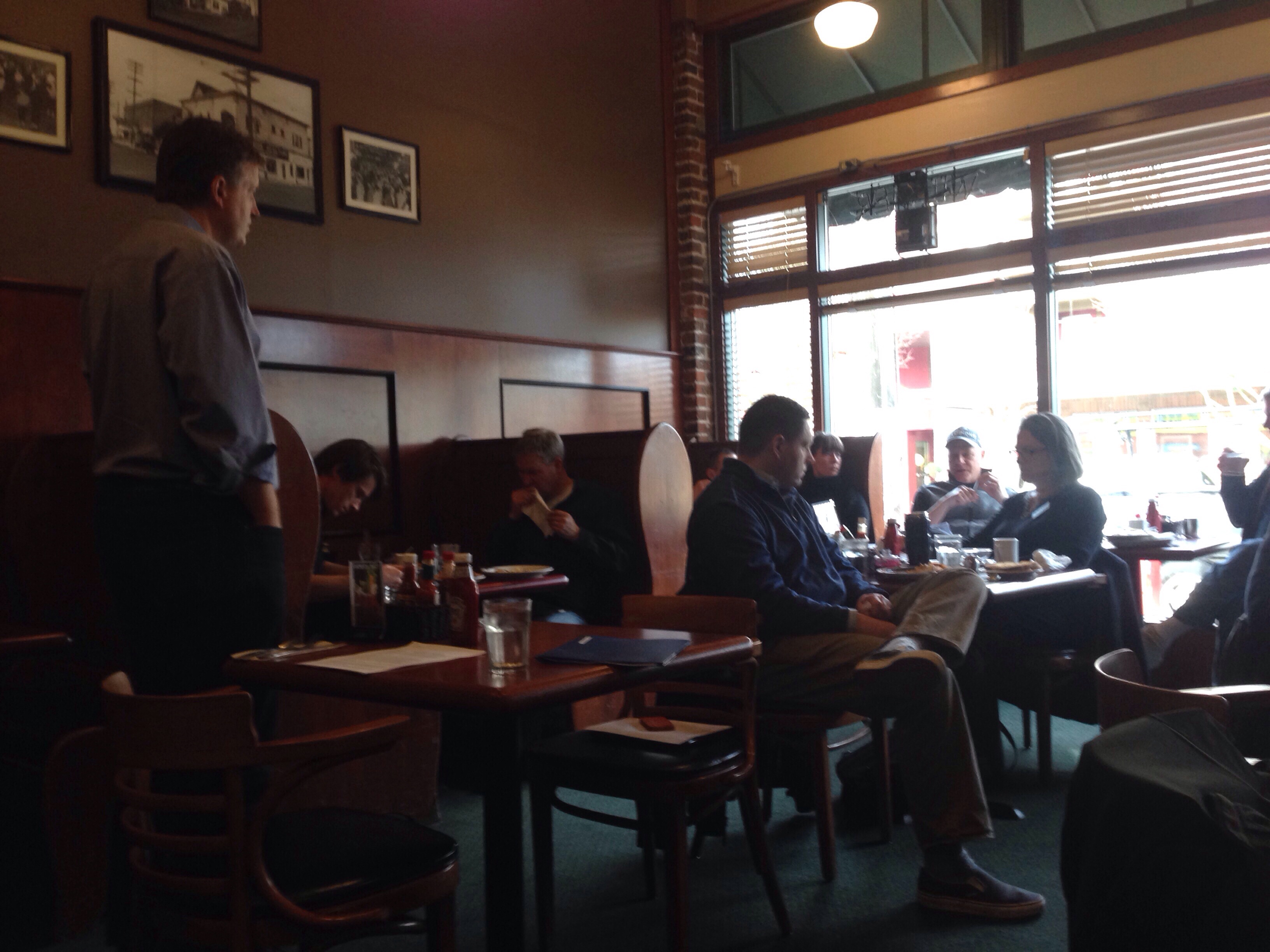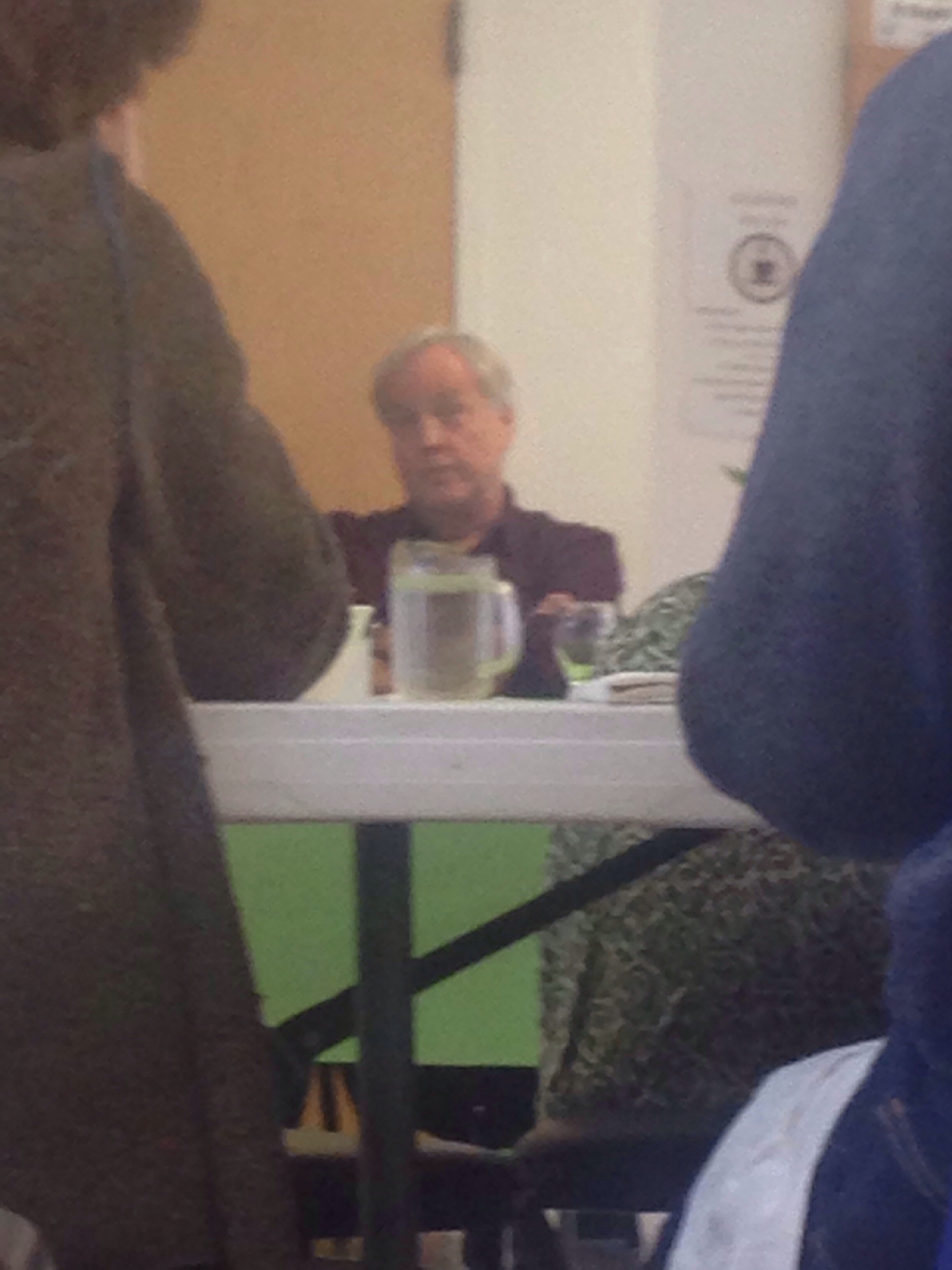The Neighborhood and its Discontents
When we start to consider this possibility, we come across a point of view which is so amazing that we will pause over it. According to it, our so-called civilization itself is to blame for a great part of our misery, and we should be much happier if we were to give it up and go back to primitive conditions. I call this amazing because—however one may define culture—it is undeniable that every means by which we try to guard ourselves against menaces from the several sources of human distress is a part of this same culture.
Sigmund Freud
Civilization and its Discontents
City Councilmember Mike O’Brien visited with the Seattle Builder’s Council on at its March meeting last Thursday morning. O’Brien said that “tensions are high” in Seattle’s neighborhoods as the city grows. Something interesting and dangerous has been going on in Seattle’s neighborhoods; the coming together of neighbors worried about the effects of new people moving into the city and what’s left of the Occupy Seattle movement. Today fear of changes that come with economic growth, new people, and the construction of housing, has merged with a social equity and justice movement. But when these two things get put together—a demand for lower housing prices and calls for no more housing—the proposed solutions are unworkable and actually hurt poor people.
When I first got involved in Seattle neighborhood work it was as a neighborhood activist and planner in Beacon Hill and South Park. Back then, in the 1990s, at least once or twice a week, you’d find me and dozens of other neighborhood people working with City staff or a consultant on ways to add to our neighborhood; traffic circles, sidewalks, road and traffic improvements, and yes, even changes in zoning to attract new development. In those days, we would sometimes bicker with the City over how long it was taking to get something fixed, but we had our eye on improvements not stopping development or growth.
We even had our challenges with developers. In 1998, Wright Runstad made a deal with the Pacific Medical Public Development Authority to move Amazon into the old Naval hospital, a prominent landmark on the north end of Beacon Hill. Here’s what I said then about the process:
My point here is not to argue the finer points of the deal. That is not the heart of the issue. The heart of the issue is trust and the role of government and the private sector in neighborhood planning and development.
As a resident of Beacon Hill involved in the neighborhood, I was disappointed in the way PacMed initially handled the deal. There was an air of secrecy, and many of us had a sense that the deal would go through with or without our support. This deal was done, and the ink was dry.
In another opinion piece in the Seattle Times called Neighborhood Voice Key in Planning, I said that the “process [of new development] should also rely on the existing network of neighborhood organizations that are active and strong all over this city.” I added that this principle of engagement “should be embraced by developers in both the public and private sector. It will save time and money.”
What a different world we live in today.

Councilmember O’Brien, Chair of the Planning, Land Use, and Sustainability Committee speaks to the Seattle Builder’s Council.
While Councilmember O’Brien was speaking with the Builders Council he made very much the same pitch I made back then. But I would never advise a builder to walk around the neighborhood and “knock on doors with cookies” as Councilmember O’Brien suggested at the breakfast meeting. The neighbors might just file a law suit or appeal! And based on stories I’ve heard from some of our smaller builders, a builder might even benefit from a body guard.
Today’s neighborhood groups are advocating things like a moratorium on growth, a shocking and unthinkable thing when I was an active neighbor. On Saturday morning I attended a panel discussion held by the Seattle Neighborhood Coalition, a group that is advocating for shutting down permitting in dozens of Seattle neighborhoods.
And Councilmember O’Brien pointed out that all the various antidevelopment and no-growth groups are banding together, something I warned him about back in 2012 when he voted against allowing some retail use on the ground floor of new development in the Lowrise 3 zone. Here’s what I said in a Crosscut article about the growing power of the no growth crowd who use Saul Alinsky style organizing to protect the status quo:
This balance of power can’t shift without courage, by developers, unions, and environmentalists who must support a louder, stronger voice for dense, transit-oriented neighborhoods, not just intellectual dialogues and power point presentations. Those advocates for better land use will have to steel themselves for more conflict with the most powerful group in the city: single-family neighborhoods.
So here we are. Councilmember O’Brien told us that the petitions and lawsuits are only just beginning, and he said, as a politician he has to listen to the opponents of growth. But the problem is that what logical outcome of merging angry, worried neighbors that want to protect their own financial investments with social justice arguments about rents being too high, is, ironically, less housing and higher prices.
This is a big reason why Smart Growth Seattle was born; the development community needs a steady, determined, and consistent voice making the case for growth in this negative environment. Mandating wage increases and stopping housing development is a recipe for disaster; that tells workers, “we pay great wages, but please don’t try to live here.” Neighbors do have power and sway over politicians (see Representative Pollet’s response to entitled homeowners), a power I suggest they are abusing. Let’s hope Seattle’s elected leaders listen to the worry, but do the right thing and the best thing to help people of all incomes moving to the city: build more housing.



